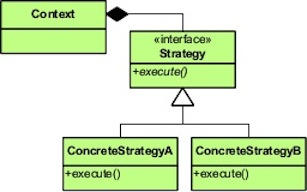A Scala Spring Framework dependency injection example
Curious about how well Scala would play with the Spring Framework, I created a small Scala/Spring dependency injection example project, which I'm sharing here.
The short answer is that Scala worked just fine with Spring, but it also showed me that I still have plenty to learn about inheritance in Scala.
My Spring applicationContext.xml file
I copied a Spring applicationContext.xml file from another project, then whittled it down to these bare essentials:
